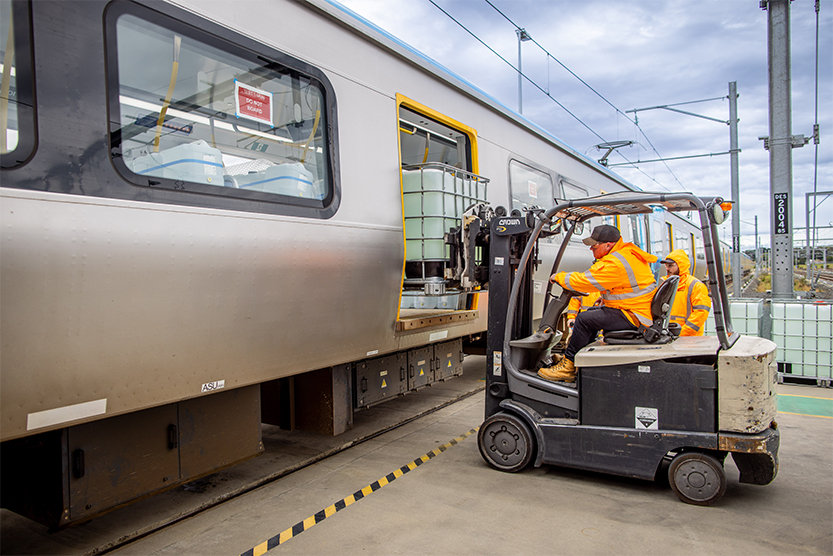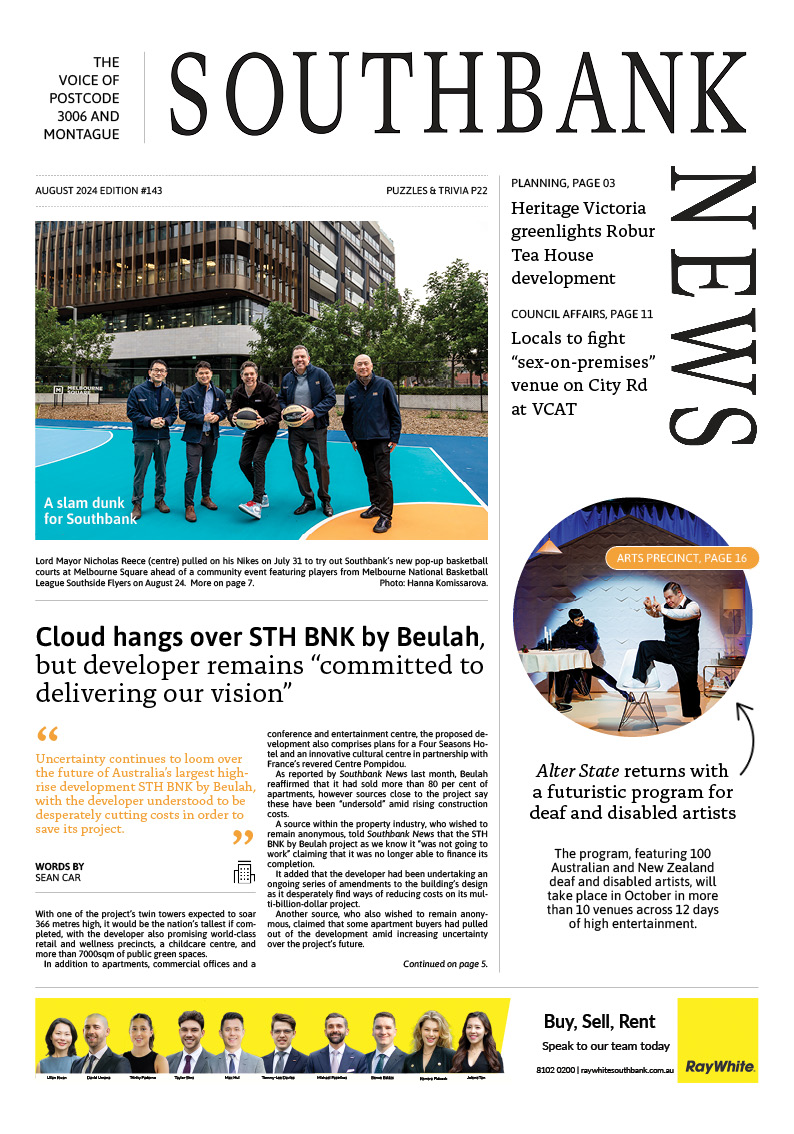Pushing the Metro Tunnel to its limit
Test trains have run through the Metro Tunnel for the first time carrying the weight of a full passenger load – but without a passenger in sight.
Instead, the test team piled two trains up with water tanks to carry the equivalent weight of a full passenger load.

The two seven-carriage trains each carried 42 1000-litre water tanks and thousands of water bottles – nearly 135 tonnes of water or about 19,200 kilograms per carriage – during this critical phase of testing.
The team then monitored how trains performed under the pressure of a full load in the twin nine-kilometre tunnels over two weeks.
Testing will continue in the Metro Tunnel – the biggest upgrade of Melbourne’s train network in 40 years - into the second half of 2024.
In the coming months the test team will push the project’s systems and technology to their limits to ensure the tunnels and five new underground stations are ready to open to passengers in 2025.
Test trains have already run nearly 20,000km since first entering the tunnels almost a year ago. But trains still have further to go with another 150,000 kilometres to be travelled during testing before opening.
The project’s 300 Victorian-first platform screen doors will be opened and closed at least another 30,000 times during this phase, making sure they are working seamlessly in tandem with the doors of Melbourne’s modern High-Capacity Metro Trains.
Trial operations will start next – running practice services with drivers and station staff in a dress rehearsal to ensure everything is ready for a safe and reliable opening for passengers.
Major construction has finished on Arden and Parkville stations, with Anzac Station next to be completed and progress continuing on the two CBD stations – Town Hall and State Library.
The Metro Tunnel is the biggest upgrade to Victoria’s rail network since the City Loop opened in 1981.
It will free up space in the City Loop, creating a new end-to-end rail line from Sunbury in the north-west to Cranbourne and Pakenham in the south-east – via a new tunnel under the city. •

Cloud hangs over STH BNK by Beulah, but developer remains “committed to delivering our vision”







 Download the Latest Edition
Download the Latest Edition